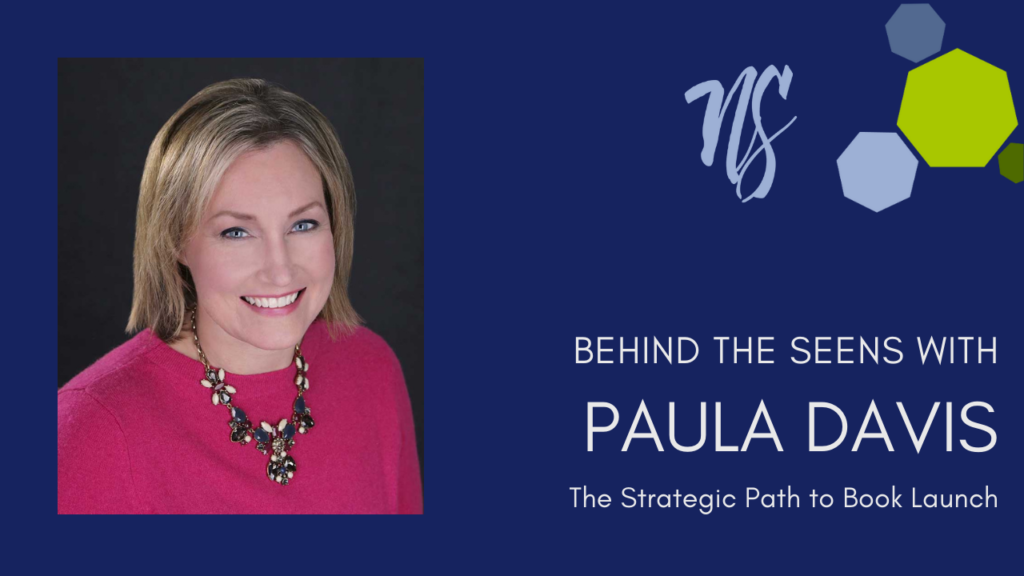In a fun and informative conversation last week, I spoke with Holland Saltsman of The Novel Neighbor and Eric Bursch of USA Today to discuss the relaunch of the USA Today best-selling booklist. The relaunch of this iconic list brings new opportunities for authors, publishers, and independent bookstores. With a focus on supporting independent bookshops and incorporating bookshop.org into the process, the relaunched list aims to celebrate diverse voices and provide readers with an authentic reading experience.
Since 1993, USA Today has been publishing a best selling book list, starting in print and later transitioning to a digital format while maintaining a print edition. This list is considered the “people’s booklist” as it incorporates data from various sources without any editorial oversight.
The list went on hiatus in December due to the manual and burdensome process it involved. As part of the digital consumer product, organization, and engineering team at Gannett and USA Today, Eric and his team took on the challenge of automating the process by leveraging technology.
WHAT’S NEW WITH THE USA TODAY BEST-SELLING BOOKLIST?
This automation allowed for the relaunch of the list in a much-improved state, with a renewed focus on the best-selling books as the centerpiece. Additionally, USA Today has established new partnerships, particularly with the independent bookstore network, which adds further excitement and value to the relaunch.
The response has been overwhelmingly positive. There was a great sense of excitement surrounding its return. During the early discussions, it was unanimously agreed upon that the list should have a strong focus on supporting independent bookstores.
Collaboration with independent bookstores played a vital role in the relaunch. The partnership with bookshop.org, an online platform supporting indie bookstores, emerged as a key element. Bookshop.org, often described as the “anti-Amazon,” provides readers with a way to support local bookshops even if they lack a physical indie store in their area. Also, in collaborating with The Novel Neighbor, the relaunch also aims to feature various independent bookstores, showcasing their uniqueness and fostering connections within different communities.
The relaunch of the best-selling books list also brings newfound excitement to authors and publishers. Unlike other lists with limited spots, USA Today’s list includes 150 books, offering more opportunities for recognition. This is particularly significant as the publishing industry evolves, presenting innovative approaches to book releases. The list provides authors and publishers with another avenue to achieve best-selling status and reach a broader audience.
LOOKING AHEAD
While the relaunch is a cause for celebration, it also marks the beginning of a dynamic and evolving process. The list will not remain static but will continue to evolve with new features and collaborations. Future plans include highlighting unique content, incorporating events happening within local communities, and expanding the ecosystem surrounding the list.
The collaborative content team is dedicated to providing a rich and engaging experience for readers and industry professionals alike. The evolution of the list is just beginning, promising exciting features and content in the future. Authors, publishers, and readers can look forward to an ever-growing ecosystem that celebrates the power of books and fosters connections within the literary community.
If you want to listen to the full conversation you can watch the video here.



